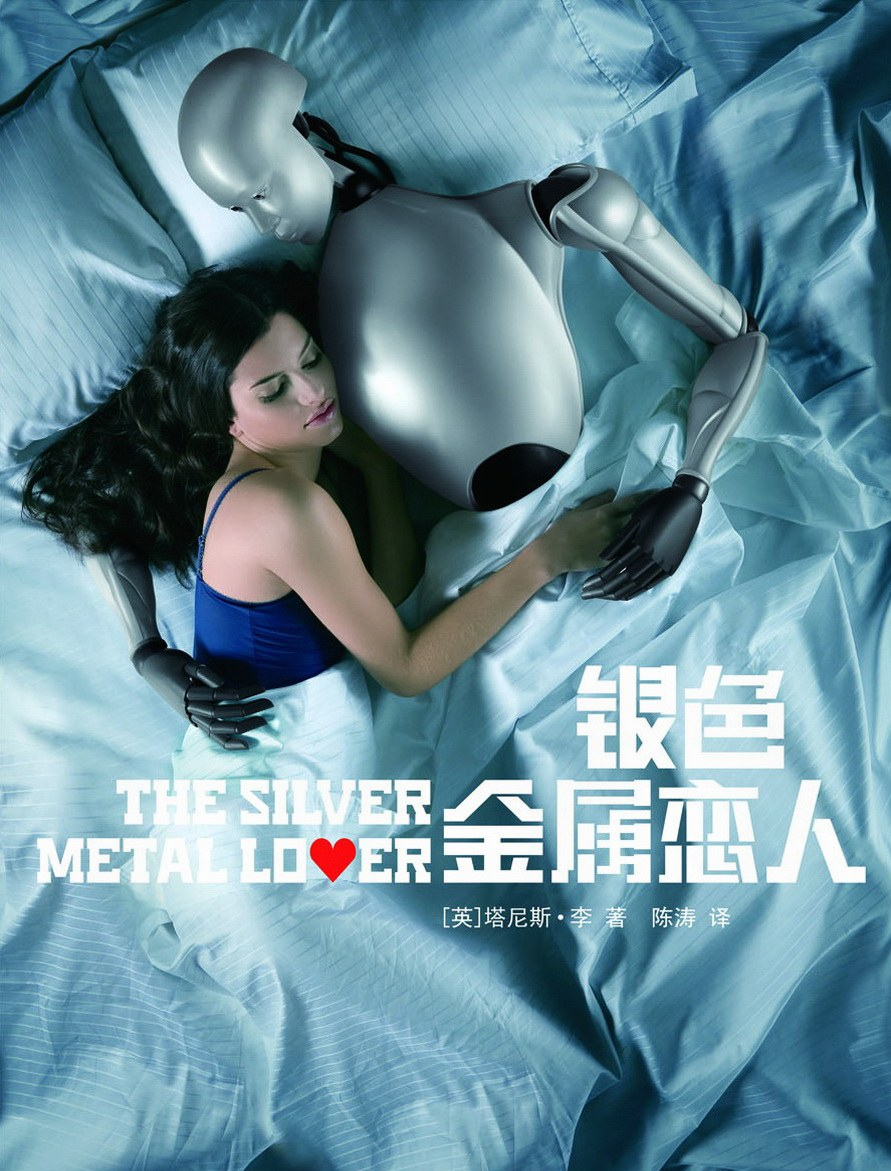Q&A
Is the truth behind sex dolls creepy or healthy?
For fans of science fiction and romance novels, Tanis Lee’s classic novel “Silver Metal Lovers” is a must-see classic.

In addition to capturing the passion and obsession of first love, Tanis explores the relationship between humans and artificial intelligence. She tells the story of a lonely young girl who falls in love with a robotic singer. Through the girl’s love for robots, it seems to become more human, although the question of whether it is really alive or just an illusion is not explained in the book.
This highlights an important question in the modernization of sex robots: How far can attachment to inanimate, increasingly human-like artifacts go? Would we give up relationships with others for an imaginary partner? Realistic?

In “Sex Dolls, Is It Weird or Healthy?” in this article, the authors examine human attitudes toward inanimate alternatives. As more and more quality sex dolls or sex robots become available on the market, and they have had a place in the literary world over the years, they will grow in popularity. Appeared in sci-fi movies and web shows.
The history of sex dolls can be traced back to 17th century Indian paintings. In 1908 they appeared in Parisian bar catalogues, and in 1968 began appearing in American magazines. Everyone talks about advances in sex doll technology, which is filled with more realistic features and has the ability to imitate people, and even surpass it in some cases.

But the key point is that they can exacerbate interpersonal problems, especially for weaklings, keep them from confronting social problems, and potentially reinforce the objectification and exploitation of human nature. Does an increased interest in man-made objects herald a deterioration in relationships that could seriously threaten our ability to intimacy and attachment? For some, it may indeed be more engaging than a relationship with others because the nature of interaction is multifaceted.
Our relationships with sex dolls and virtual reality (VR) partners can avoid the emotional risks inherent in relationships with other humans, offering simple answers to loneliness. As the VR gaming market continues to grow, players can create the ideal partner for their specific requirements and then order as much as they want. Seems to be unresponsive, but may cause damage to the player.

In order to understand the attitude of today’s society towards sex dolls, more than 300 college students were interviewed as a survey sample, and about 80% of the respondents were women. They completed a 34-question survey asking them about their attitudes towards sex dolls or humanoid robots (i.e. inanimate, unresponsive humanoid robots).
How well do respondents know about sex dolls? How open are they? Do they think it’s possible to fall in love with a robot? They will not refuse requests. Is it attractive? Is marrying a robot realistic? Is it a good idea to let robots take over some jobs? The researchers surveyed whether respondents felt that sex robots were stigmatized and whether they thought they would feel intimacy with sex robots.
Overall, the majority of respondents do not understand, but 20% understand that people choose to communicate with dolls or robots over humans, and 15% are neutral on the issue. Regarding stigma, about one-third believed that sex dolls or sex robots would create stigma, 40% were neutral and 28% disagreed. Most people think interacting with sex dolls or robots is a bad idea, with only 11% saying it’s a good idea.
While the majority of respondents did not accept this advanced concept, a considerable number were open-minded. Perhaps unsurprisingly, the majority of those who accept this view are men, who are less religious and have more open social attitudes. Intimate relationships are becoming increasingly difficult given today’s society, reflected in rising divorce rates, making it increasingly difficult for people to develop and maintain satisfying relationships. As robotics and artificial intelligence advance, this phenomenon will continue and will only become more common.

As with other new areas that are changing the relationship landscape (social media, online dating, etc.), it is important to track not only changes in attitudes, but also the positive and negative effects of the choices we make. It is increasingly important to consider how to use new technologies to our advantage and prevent them from harming our roads. Ongoing research and cultural debate will become increasingly important in helping us understand how we can change ourselves and how this will affect us.
Perhaps in the future, it will be commonplace for those who wish to develop intimacy with sex dolls and sex robots. However, from the perspective of traditional Chinese social thinking, we can foresee that there will be many heated debates between progressives and conservatives as these phenomena become more generalized and normalized.















